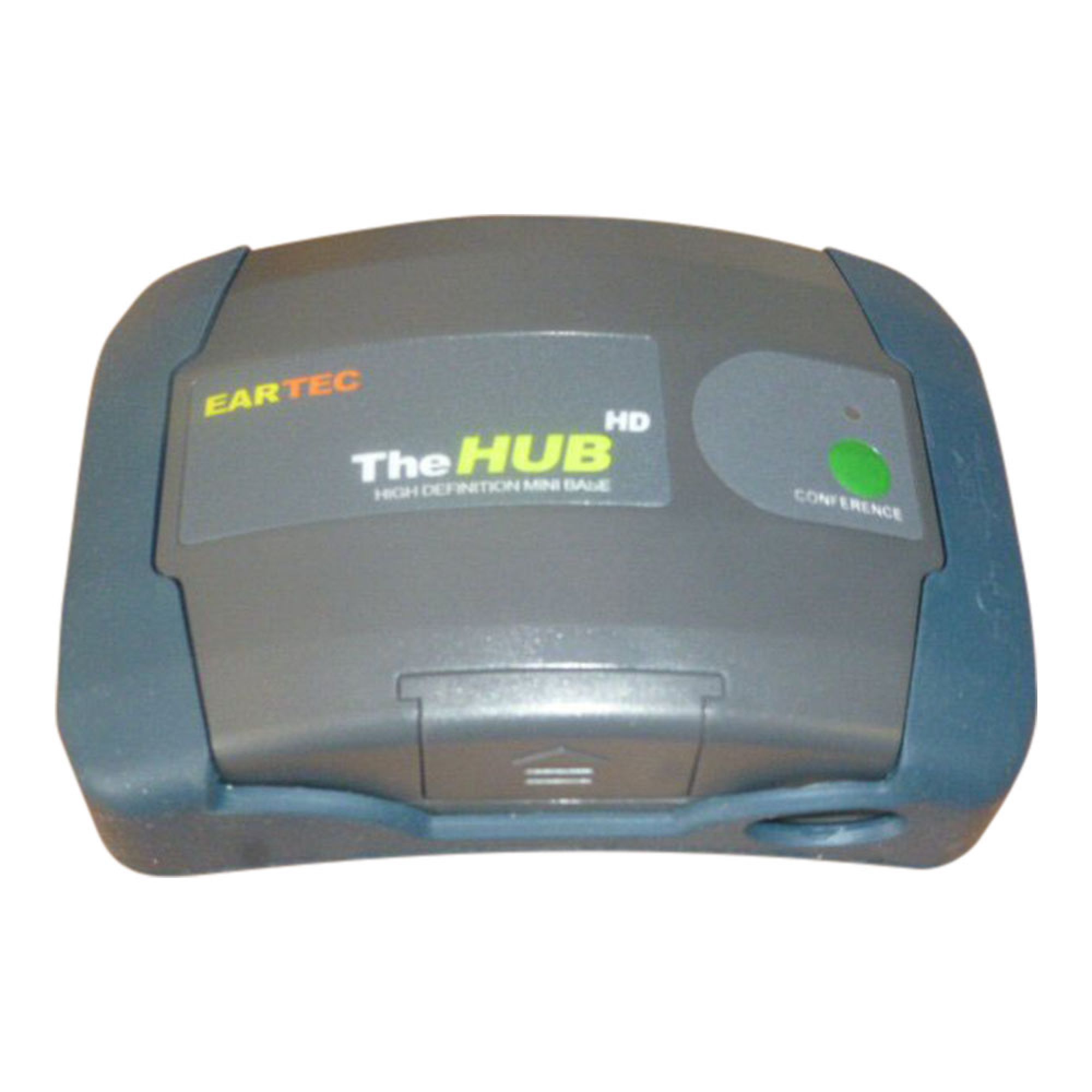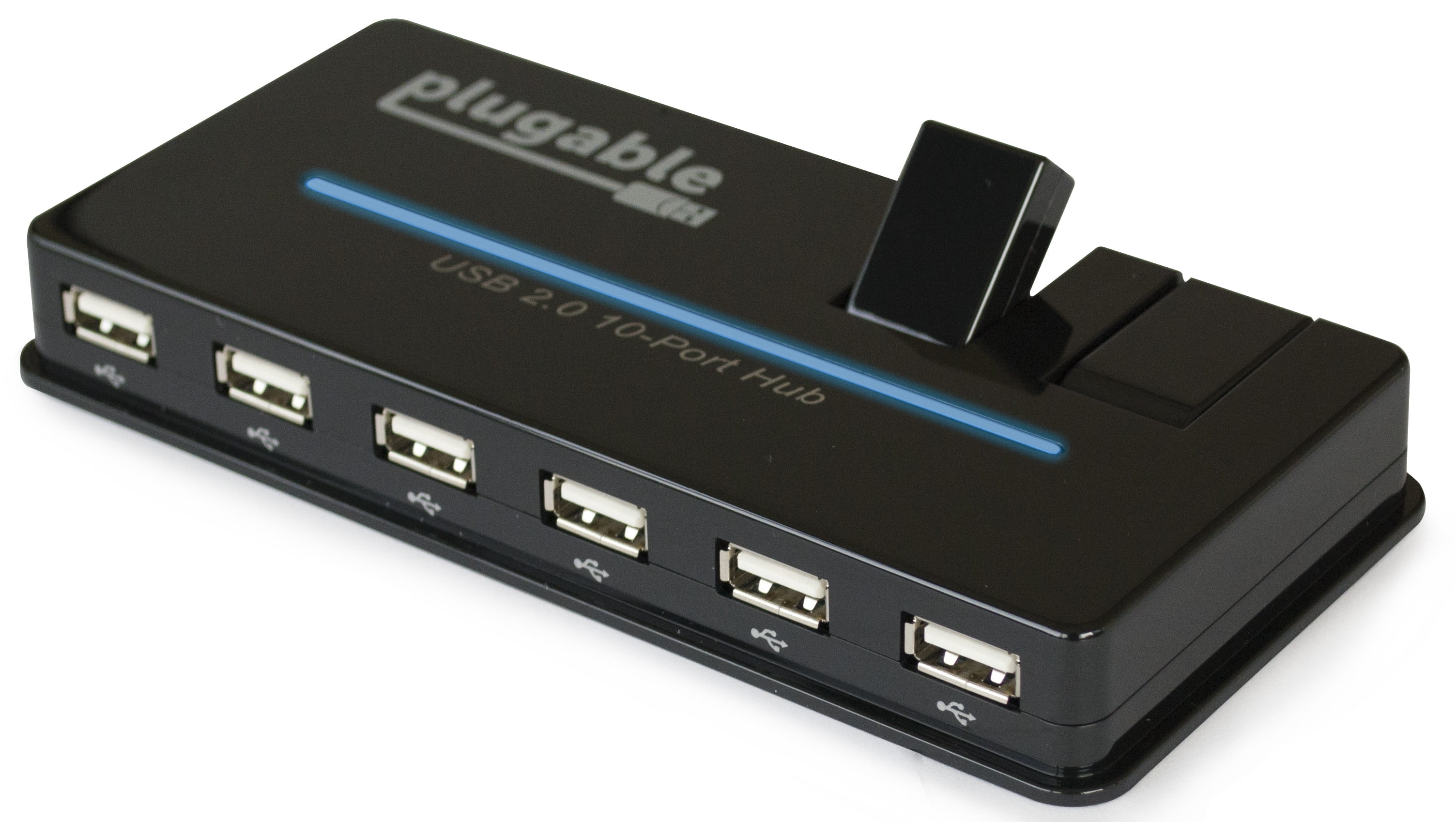HDHomeRun & Movies Anywhere: Streamlined Viewing Guide
Is the future of television broadcasting already compromised by digital rights management? The emergence of DRM encryption on ATSC 3.0 channels threatens to relegate the latest broadcast technology to a second-tier experience for consumers. This reality poses a significant challenge to the promise of over-the-air (OTA) television, casting a shadow over its potential to deliver a truly free and open viewing experience.The issue stems from how devices like the HDHomeRun Flex 4K handle encrypted ATSC 3.0 signals. When a channel employs DRM, the device defaults to the older ATSC 1.0 version of the same channel. This fallback mechanism ensures that viewers can still access content, but at the cost of sacrificing the enhanced picture quality, immersive audio, and interactive features that ATSC 3.0 is designed to offer. In essence, DRM encryption turns a cutting-edge broadcast standard into a slightly improved version of its predecessor.
The shift towards DRM is not happening in a vacuum. It reflects a broader trend in the media industry, where content providers are increasingly focused on protecting their intellectual property and controlling distribution. While the need to safeguard copyrighted material is understandable, the implementation of DRM on OTA broadcasts raises concerns about accessibility and the future of free television.The implications are multi-faceted. Firstly, it diminishes the value proposition of ATSC 3.0 for consumers who invest in compatible equipment. If a significant portion of channels are encrypted, the benefits of upgrading become less compelling. Viewers might question whether the improved features are worth the cost of new hardware, especially if they are only available on a limited number of channels.Secondly, DRM encryption could exacerbate the digital divide. While cord-cutting has become increasingly popular as an alternative to expensive cable subscriptions, the presence of DRM on OTA broadcasts could push some viewers back towards paid services. Those who rely on free OTA television as an affordable option may find themselves facing limitations in content access, effectively creating a two-tiered system where access to the best broadcast quality is contingent on subscription status.Thirdly, the widespread adoption of DRM could stifle innovation in the broadcast industry. One of the promises of ATSC 3.0 is its ability to support interactive features, personalized content, and targeted advertising. However, if DRM restricts the ability to experiment with these features or limits access to data, it could hinder the development of new and innovative broadcast applications.The situation with ATSC 3.0 and DRM highlights the ongoing tension between content protection and consumer access. While copyright holders have a legitimate interest in preventing unauthorized distribution of their work, the implementation of DRM should not come at the expense of limiting access to free, over-the-air television. A balance must be struck that allows broadcasters to protect their content while ensuring that consumers can enjoy the full benefits of the latest broadcast technology.The rise of streaming services has fundamentally altered the media landscape, presenting both opportunities and challenges for traditional broadcast television. Services like Movies Anywhere, Disney+, Amazon Prime Video, and Netflix have revolutionized how consumers access and consume content, offering vast libraries of movies and TV shows on demand.Movies Anywhere, in particular, offers a unique proposition by allowing users to consolidate their digital movie purchases from various platforms into a single, unified library. By connecting accounts from Apple iTunes, Amazon Prime Video, Fandango at Home, Xfinity, Google Play/YouTube, Microsoft Movies & TV, Verizon Fios TV, and DirecTV, users can seamlessly access their purchased movies regardless of where they were originally bought. This level of interoperability is a significant convenience for consumers who have invested in digital content across multiple platforms.The convenience and accessibility of streaming services have led to a significant shift in viewing habits, with many consumers opting to cut the cord and rely solely on streaming for their entertainment needs. This trend has put pressure on traditional broadcast television to adapt and innovate in order to remain relevant.One of the ways that broadcast television can compete with streaming services is by leveraging the capabilities of ATSC 3.0. The improved picture quality, immersive audio, and interactive features of ATSC 3.0 can provide a viewing experience that is comparable to, or even superior to, that offered by streaming services. However, as discussed earlier, the presence of DRM encryption on ATSC 3.0 channels could undermine this advantage.The success of streaming services like Disney+, Fox, Sony, Universal, and Warner Bros. is a testament to the demand for high-quality, on-demand content. These studios have recognized the importance of streaming and have invested heavily in developing their own platforms to distribute their content directly to consumers. This direct-to-consumer approach allows them to control the distribution of their content and generate revenue through subscriptions or advertising.The consolidation of digital movie purchases through services like Movies Anywhere reflects a growing trend towards interoperability and consumer convenience in the digital media space. As consumers accumulate digital content across multiple platforms, they increasingly expect to be able to access it seamlessly and easily. Services that prioritize interoperability and user experience are likely to thrive in the increasingly competitive digital media landscape.The future of television broadcasting will likely be shaped by the interplay between traditional broadcast television and streaming services. While streaming services offer convenience and a vast library of content, broadcast television still has a role to play in providing local news, live events, and free, over-the-air entertainment. The key for broadcast television will be to leverage the capabilities of ATSC 3.0 to offer a compelling viewing experience that can compete with streaming services, while also addressing the challenges posed by DRM encryption.The challenge for broadcasters is to find a way to balance the need for content protection with the need to provide an accessible and affordable viewing experience for consumers. One potential solution is to explore alternative DRM technologies that are less restrictive and do not compromise the quality of the viewing experience. Another approach is to work with consumer electronics manufacturers to ensure that devices are able to handle encrypted ATSC 3.0 signals without reverting to the older ATSC 1.0 standard.Ultimately, the success of ATSC 3.0 will depend on the ability of broadcasters and technology providers to work together to create a viewing experience that is both secure and enjoyable for consumers. If DRM encryption becomes too pervasive or too restrictive, it could stifle the adoption of ATSC 3.0 and limit its potential to revolutionize television broadcasting.The digital media landscape is constantly evolving, and consumers have more choices than ever before when it comes to how they access and consume content. In order to remain competitive, broadcasters and content providers must be willing to adapt to changing consumer preferences and embrace new technologies. By prioritizing consumer convenience and accessibility, they can ensure that television broadcasting remains a relevant and vibrant part of the media landscape for years to come. The need for finding a balance between content protection and accessibility is crucial for the future success and widespread adoption of ATSC 3.0. The industry must strive to find solutions that benefit both content creators and viewers, ensuring a thriving and innovative television ecosystem.The integration of digital accounts and the ability to import movies from various platforms, as offered by services like Movies Anywhere, is a testament to the growing importance of interoperability in the digital media space. Consumers are increasingly expecting to be able to access their content seamlessly across multiple devices and platforms, and services that cater to this expectation are likely to be well-received. The future of television broadcasting and digital media will likely be shaped by the ongoing efforts to balance content protection, consumer accessibility, and technological innovation.



| Aspect | Details |
|---|---|
| Technology | ATSC 3.0 & ATSC 1.0 Broadcast Standards |
| Device | HDHomeRun Flex 4K |
| Problem | DRM Encryption on ATSC 3.0 channels forcing fallback to ATSC 1.0 |
| Consequence | Loss of enhanced picture quality, audio, and interactive features |
| Relevant Link | SiliconDust (HDHomeRun Manufacturer) |

HD Hub 4U Your Ultimate Guide To High Quality Streaming And

Home Audio & Video Accessories Neoteck HDMI Splitter 4 Way with HDMI

Discover The Best Of Entertainment With HD Hub 4 U